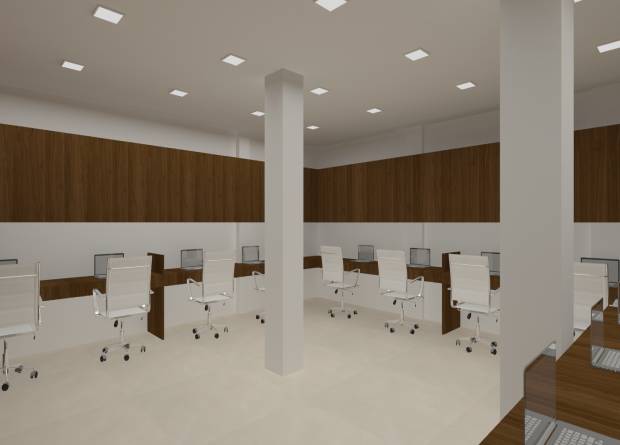
Living in a small apartment doesn’t mean you have to sacrifice style or functionality. This blog will offer practical tips on how to maximize small spaces with smart design choices that enhance both form and function.
Detailed Sections:
With these tips, your readers can make their apartment feel open, stylish, and organized.


Interior design encompasses various aspects, including the spatial planning the materials selection construction techniques, and environmental considerations architects i face the challenge of balancing practical requirements such as the intended use structural integrity, and safety of a building, with its the aesthetic qualities such asform color, and texture. Achieving a well-organized workday, like the second option presented, is indeed achievable.
"When working with limited space, clever design solutions become essential, whether through multifunctional furniture, smart storage ideas, or the strategic use of colors and textures, all of which work together to maximize every inch of your home while maintaining an aesthetically pleasing and comfortable environment."
Interior design is a blend of creativity and practicality, where every detail plays a significant role in shaping a room's atmosphere and usability. A well-planned layout ensures that space is utilized effectively, creating a seamless flow and comfortable environment. The choice of colors influences the mood of the room, with lighter tones expanding the space and darker hues adding warmth and coziness. Furniture pieces are selected not only for their aesthetic appeal but also for their functionality, making sure the space is both stylish and comfortable. A thoughtfully arranged layout, complemented by the right color palette, forms the foundation for a space that feels balanced and inviting.
Lighting, textures, and accessories are the finishing touches that elevate the design further, bringing depth and personality to a room. Proper lighting is essential to create the right ambiance, with a combination of natural light and strategic artificial lighting layers that highlight key elements. Textures, from soft fabrics to hard surfaces, add visual interest and tactile comfort. Accessories, such as artwork, plants, and decor items, personalize the space, adding character and warmth. Together, these elements ensure a harmonious and welcoming environment that enhances both the functionality and beauty of the space.

